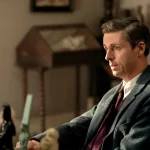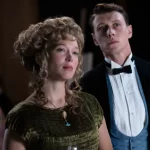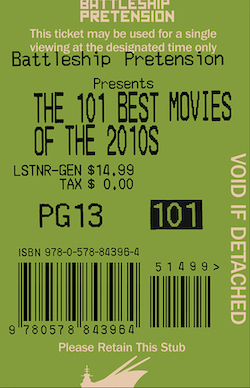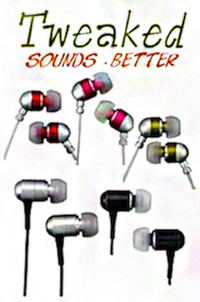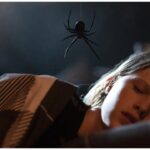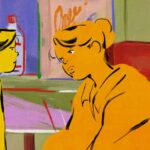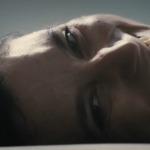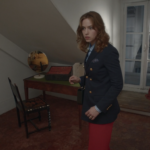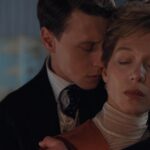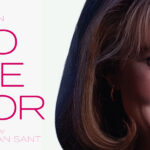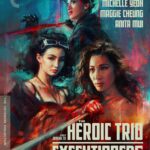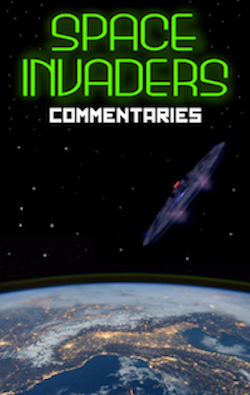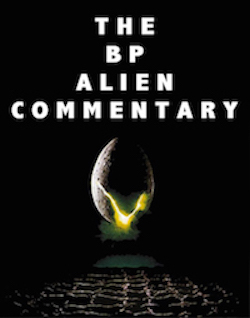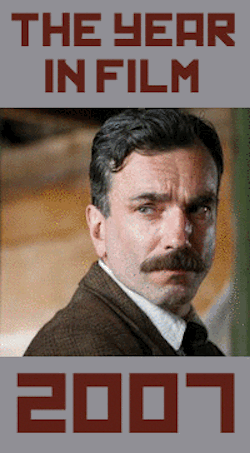Home Video Hovel: The Red House, by David Bax
Delmer Daves’ The Red House is a movie that’s been covered extensively on this website. A few weeks ago, I talked about it on one of the Movie Journal episodes but, even before that, it has been reviewed in writing twice.
In 2012, for the HD Cinema Classics release, Scott said:
“In the realm of horror cinema, much of the thrills lie in toeing the line between the supernatural or inexplicable and the relatively mundane. A smart filmmaker knows that if all the scares come about in some fantastical way, they’ll cease to be grounded in the everyday anxieties from which they spring. Delmer Daves’ The Red House is precariously perched on this ledge, hinting at first at a source of horror well beyond our understanding before winnowing it down closer and closer to earth without ever releasing the tension with which it holds us.
The set-up of the story is fairly simple – there’s something going on in in Ox Head woods that just doesn’t sit right – but the slow unraveling of the truth is the film’s chief pleasure. And while it gets a little lengthy, indulging too often in a not terribly interesting love story or, worse, allowing repetitions that make the eventual revelation a little anti-climactic for canny audiences, it’s still a pretty thrilling experience, due in no small part of Daves’ considerable management of tone.
Daves was a rarity for his time, regularly receiving credit as both a writer and director. While directors of the studio era weren’t unfamiliar with the writing process, to say the least, they rarely took credit for a variety of reasons, but Daves began as a screenwriter and wasn’t ready to relinquish that level of control when he moved to directing. The Red House was his fifth film as director; the same year, he’d pull a groundbreaking move by shooting part of Dark Passage from the first-person point of view. While this does not have any similar flourishes, his basic directorial management – i.e. where to put the camera – is impeccable, and his patience to let certain scenes play out amplifies the creepiness to unbearable levels at times. In managing his cast’s performances, his willingness to hold on his stars’ reaction shots both reveals and imbues talent they do not exhibit anywhere else.”
Then, last year, in his larger review of a film noir box set, West had this to say:
“Delmer Daves, director of the Bogart/Bacall noir masterpiece Dark Passage, makes an appearance in this collection with The Red House, another melodramatic tale and our third Edward G. Robinson picture; in this one, he stars as a grouchy farmer who’s trying to keep his niece (Allene Roberts) from discovering a terrible secret. As with The Strange Woman, it doesn’t feel as much like film noir, although several appropriate elements – murder, desire, bad girls, the past catching up to people – are definitely in place. In a way, with its troubled young romances (Roberts and Lon McCallister are the nice couple, Rory Calhoun and Julie London are the naughty couple), The Red House feels more like a precursor to Daves’ teen potboilers of the late 50’s and early 60’s like A Summer Place and Parrish, both starring white-bread heartthrob Troy Donahue. The underrated Daves delivers another solid product, one that includes a rare non-malevolent performance by Judith Anderson, fine cinematography from Bert Glennon (Destination Tokyo, Crime Wave) and an impressive score by Miklos Rozsa.”
Now, the film has been released again, on Blu-ray, by The Film Detective. My first and strongest impression is, in agreement with Scott, that The Red House is much more of a horror film than a noir film. In fact, as the hints of the supernatural recede over the course of the movie, the story elements start to feel even more horrific, rooted as they are in real atrocities carried out by human beings.
West is right to point out the cast—Robinson, London and Calhoun are all strong here—but he’s most on point in singling out Rozsa’s tense but melancholy score.
This is a different transfer from that on the 2012 Blu-ray that Scott reviewed. He was a bit hard on the look of the disc in his full review. Perhaps a better job was done this time or perhaps I’m just easier on Blu-rays (most likely the latter) but the filmic is intact and the sound—important for the presence of howling wind—is serviceable. The source was clearly not in pristine condition but, overall, this is about as good as you can expect.
Unlike the 2012 version, there are no special features.






